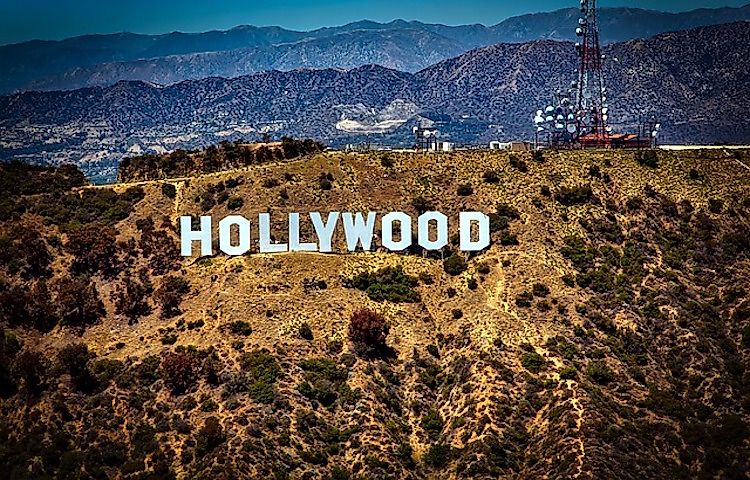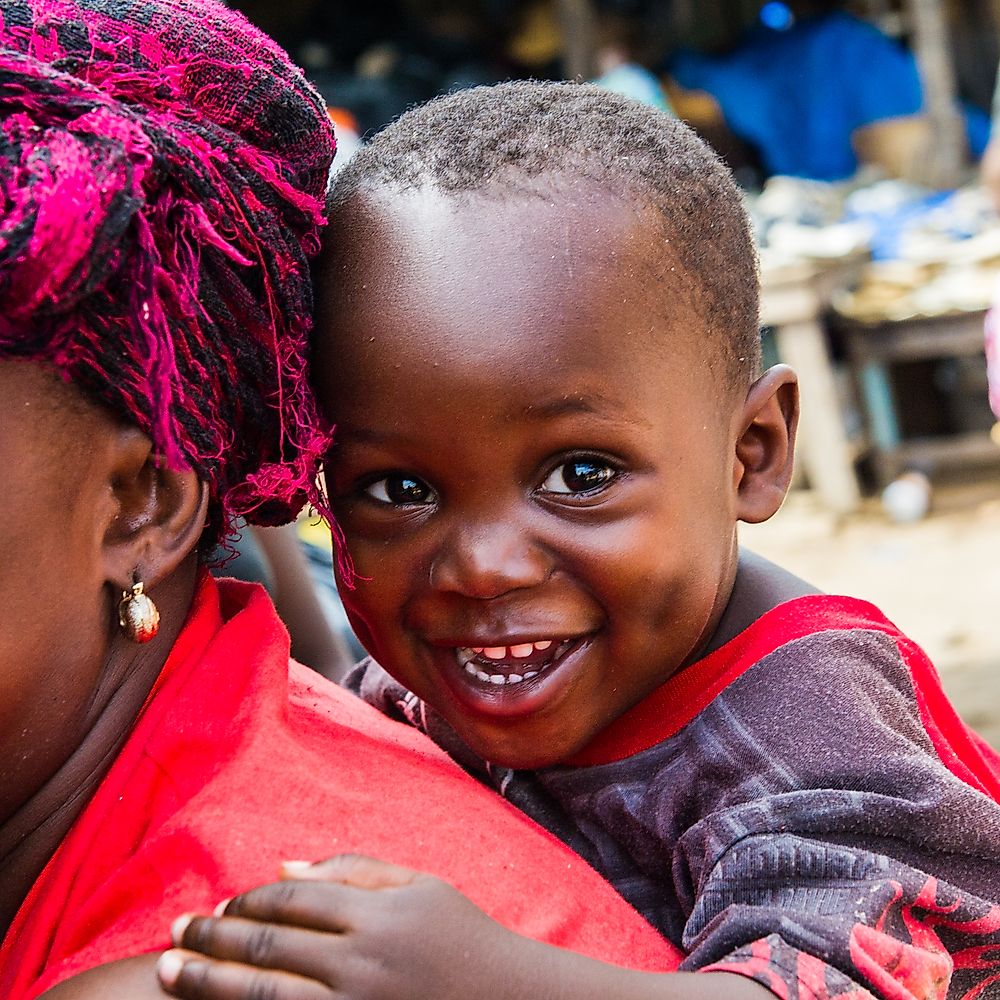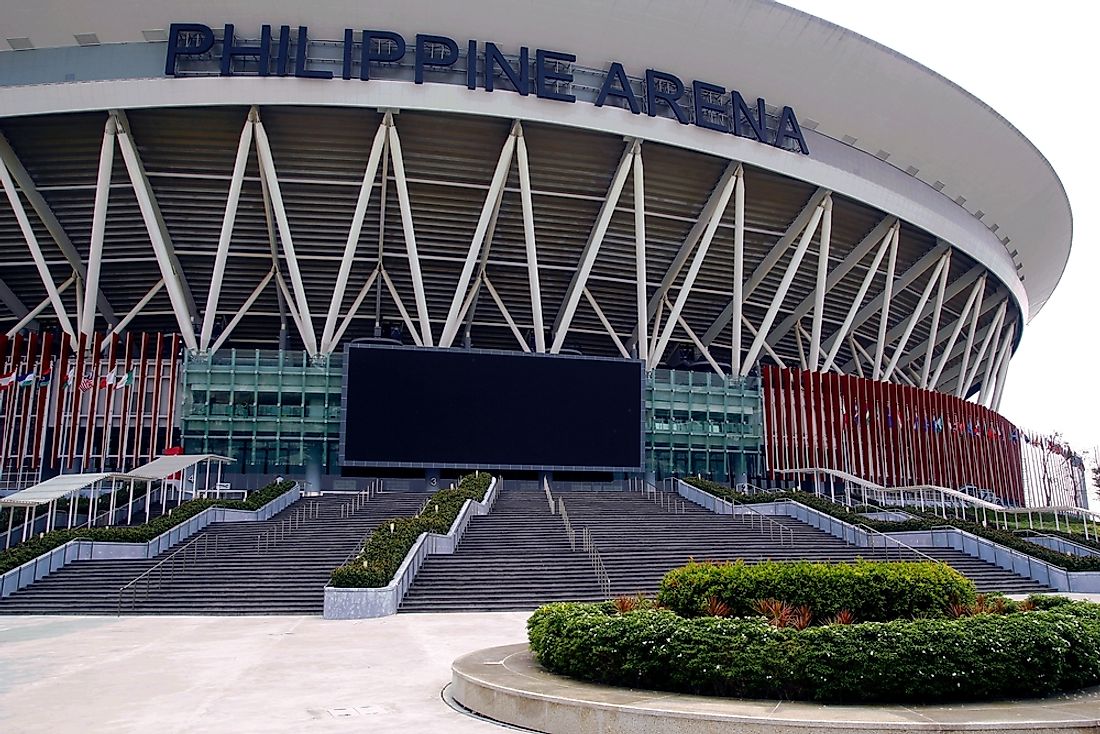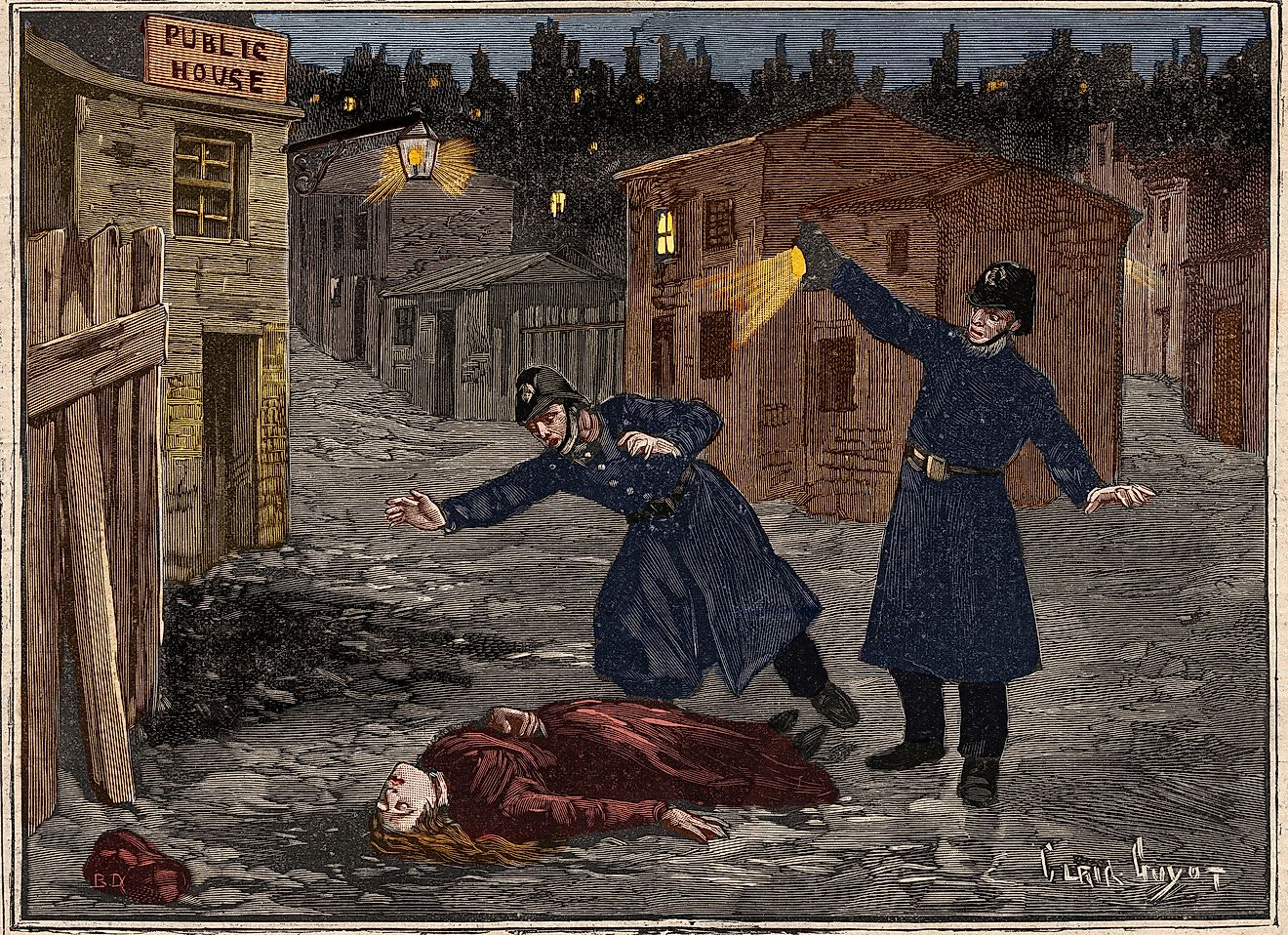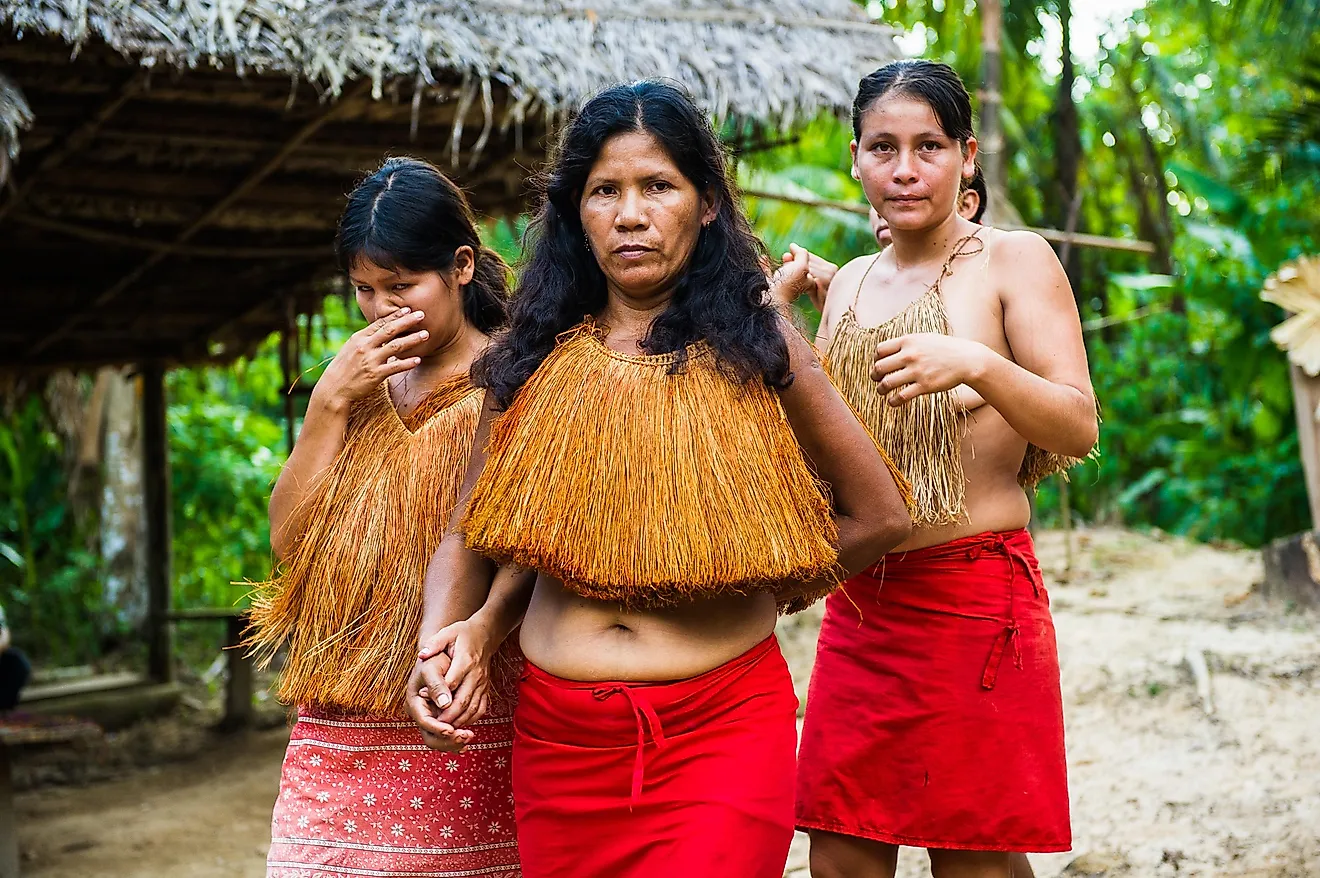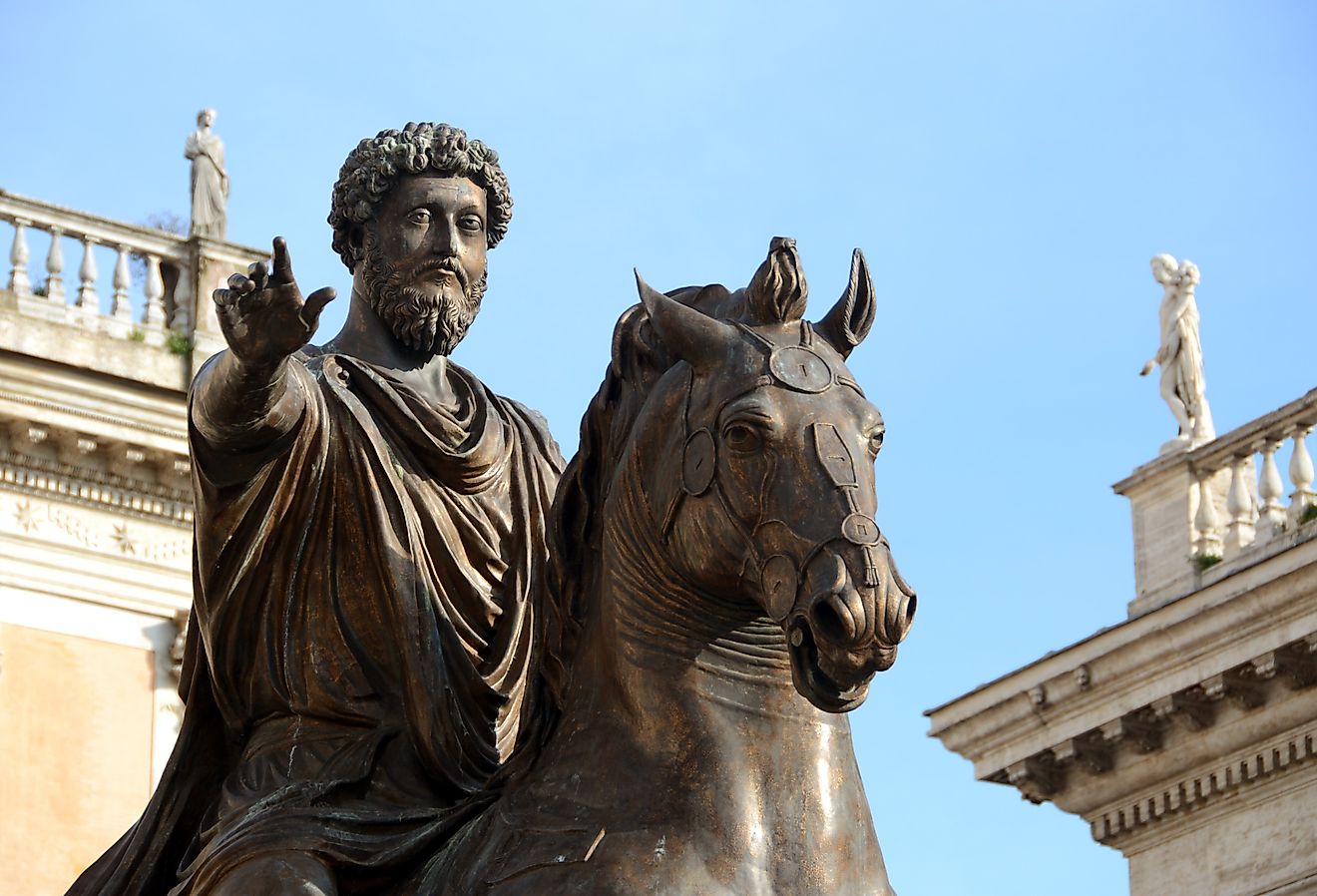What are the Major Cities In Montenegro?
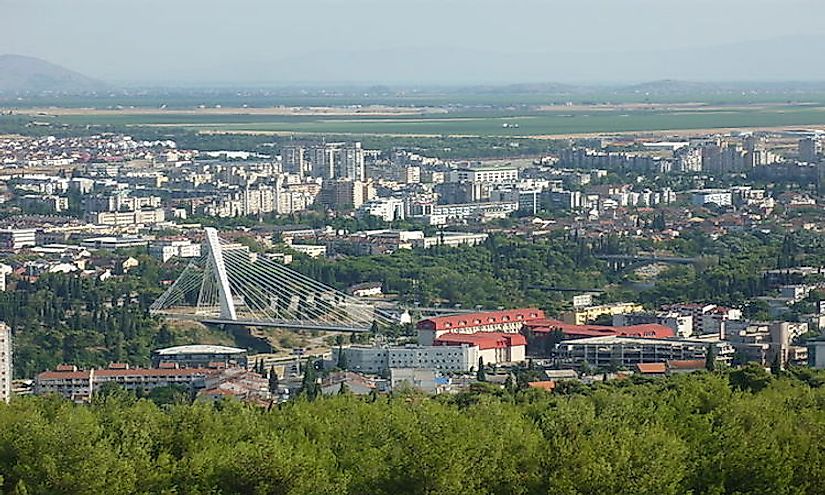
Located at the confluence of the Ribnica and Morača rivers, Podgorica is the capital and largest city of Montenegro. Situated in Southern Europe, Montenegro borders Serbia, Albania, Bosnia and Herzegovina, and Croatia. The country’s population is estimated at 621,000, with a population density of 45 persons per square kilometer. Here are the largest cities in Montenegro.
The Four Biggest Cities In Montenegro
Podgorica - 136,473
Podgorica City is home to 136,473 inhabitants, which is about 30% of the country’s population. The City’s history started with the Illyrian tribes' settlement. The Romans subsequently conquered the territory, and named it Prevalis, with the capital being Dioclea (Duklja). The Romans promoted trade and economic growth and built infrastructure. The ancient city of Dioclea was destroyed in the fifth century, after the fall of the Roman Empire and ensuing wars between the invading Slav tribes and the locals. A new settlement emerged in the 11th century, called Ribnica and renamed Podgorica. The city rose to become a significant trade, cultural, and religious center. The modern city was captured by the Turks and Austrians, and it was renamed Titograd in an independent Montenegro in 1946. The contemporary city of Podgorica has witnessed a surge in modern glass and steel buildings. The largest nationalities are Montenegrins, Serbs, Albanians, Muslims, and Bosniaks while the most popular language is Serbian followed by Montenegrian. The city is located near the Adriatic Sea and the Skadar Lake, and it is flanked by mountains. A major challenge for the city is the urban sprawls, consisting of private low-rise dwellings, which provide an inadequate allowance for sidewalks and streets.
Nikšić - 58,212
Nikšić is Montenegro’s second largest city with a population of 58,212. The city is situated in the country's western region, in the field of Niksic. The city’s history dates back to as early as the 4th century when it was known as Onogost. Throughout time, the city has been occupied by the Romans, Slavs, Serbians, Bosnians, and the Ottoman Empire. Nikšić is largely an industrial city, with industries ranging from steel, bauxite, wood processing, and production of electricity. The city also produces the renowned Niksicko beer. The city lies adjacent to three lakes namely Liverovici, Krupac, and Slano. Sights in the city include the Monastery of Ostrog, Saborna Church, Cultural Center, King Nicholas Palace, and the remains of the old city. A major problem in the city has been its expansion in the form of informal sprawls which are not well planned.
Pljevlja - 21,377
Situated in the country’s northern region, Pljevlja is home to 21,377 inhabitants. The ancient city of Pljevlja was inhabited by Illyrian tribes followed by the Romans. The Romans and the subsequent Slavs established the city as an economic, administrative, and cultural center. The city was then captured by the Ottoman and the Austro-Hungarian Empires and it was integrated into Montenegro after the second Balkan War. The city’s history is witnessed through the ancient ruins preserved in the modern day.Pljevlja is an industrial city, with industries in thermal, coal mining, agriculture, and lumber. The industries in the city have contributed to air pollution and other environmental problems. Sights in the city include the Monastery of Holy Trinity, Hussein Pasha Mosque, Municipium S, Church of St. Elijah, and the Heritage Museum. The largest ethnicities are the Serbs (57%) and the Montenegrins (24%).
Bijelo Polje - 15,883
Bijelo Polje city is home to 15,883, most of whom are Serbs, Bosniaks, Muslims, and Montenegrins. Under the Ottoman Empire, the city was referred to as Akova until its liberation in the Balkan Wars. In modern day, Bijelo Polje is the economic, cultural, administrative, and educational center of the country’s northern region. The city is home to the Lim River as well as numerous church bells and mosque minarets.
Other Cities In Montenegro
The rest of the country’s cities and their respective populations are: Cetinje (15,137); Bar (13,719); Herceg Novi (12,739); Berane (11,776); Budva (10,918), and Ulcinj (10,828). The cities in Montenegro attest to the country’s rich history throughout centuries and are popular tourist destinations in Europe,
.
Which Are The Biggest Cities In Montenegro?
| Rank | City | Population |
|---|---|---|
| 1 | Podgorica | 136,473 |
| 2 | Nikšić | 58,212 |
| 3 | Pljevlja | 21,377 |
| 4 | Bijelo Polje | 15,883 |
| 5 | Cetinje | 15,137 |
| 6 | Bar | 13,719 |
| 7 | Herceg Novi | 12,739 |
| 8 | Berane | 11,776 |
| 9 | Budva | 10,918 |
| 10 | Ulcinj | 10,828 |
